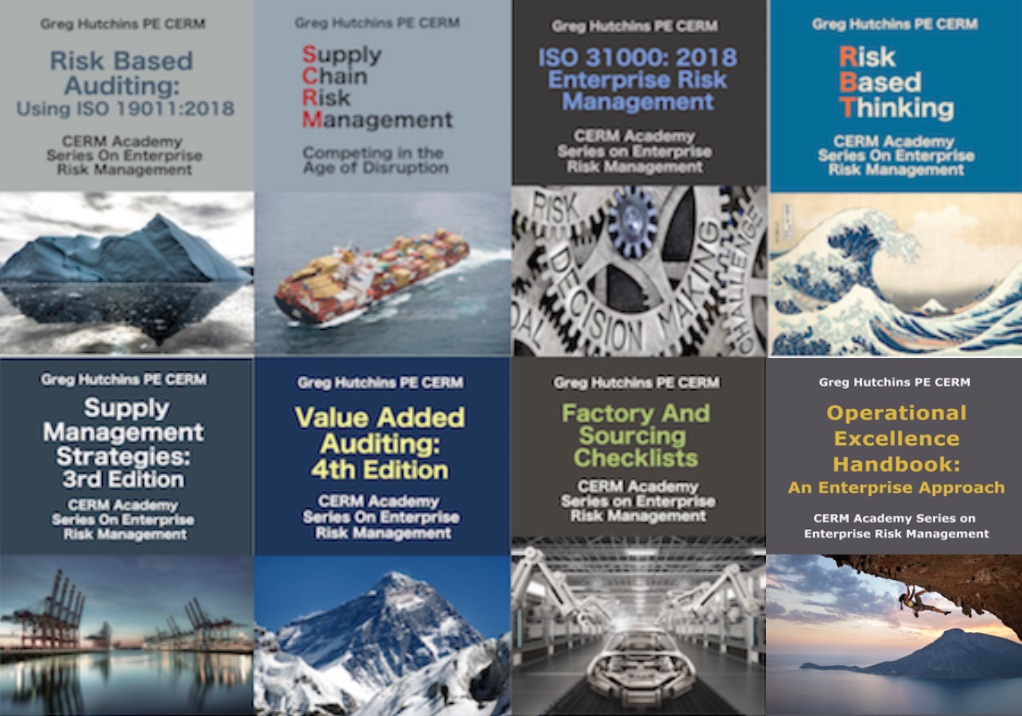I am no fan of FMEA-like risk prevention approaches: I am more and more convinced that they are neither effective nor reliable, at that.
WHY I DON’T LIKE FMEA?
For a number of reasons:
One: True human consensus is pure utopia. In any risk assessment team – from its apparently simplest form, a family, to the most complex company or organization board – when one says “white”, for some inexplicable reasons, all others will say – or at least think of – a different color. Even “a whiter shade of white”.
Two: If this opposition-compulsion holds true to determine whether anything is risky or not, it will end up in real personal battles for determining “how” risky it is. SRA / Society for Risk Analysis demonstrated in one of their papers that men and women perceive risk differently. And that’s “only” sex: what about age, nationality, culture? Who would ever live with a six-feet long snake at home? Only a very, very few, in the western world.
Three: Rating “how much” risky it is, will end up in destroying the most robust friendships, and partnerships. Is it a 7 or a 6? Will it really endanger the end user, or put at stake the process performance?
SWOT = SIGNIFICANT WASTE OF TIME
Therefore, as a USA writer commented that the SWOT approach equals a “Significant Waste Of Time”, any FMEA-like approach is just as formal as the complex forms that have to be used.
Years of third party automotive audits demonstrate that any tier supplier works like this: first, the work instructions; second, the control plan; third, the process flow chart; last – and least – the Design and/or Process FMEA.
Risk assessment? Maybe a gammon, which is a victory in backgammon reached before the loser has succeeded in removing a single piece!
On the other side of the river there are the tepid ones, for whom maybe even waking up in the morning is a risky activity. So they fill their FMEAs with 8’s, 9’s and 10’s, even for the highest Cp / Cpk process operations, or the most robust design feature.
In a word, I feel any formal FMEA-like exercise a “Significant Waste Of Time”.
EFFECTIVE RISK ASSESSMENTS
How then, do you come out with effective risk assessments?
Thinking of the key three drawbacks of any FMEA-like approach mentioned above, I would suggest that ONE technician, skilled enough on product and/or process design, drafts a list of risks and just prioritizes them: what has to be done first, in other words. Then, he or she submits this list to the Risk Assessment & Prevention Team (RAPT, otherwise named Risk Management Team) and waits for the battle between the team members to end.
Here there is an advice to the list drafter, a lesson to be learned: in John Steinbeck’s novel “The Short Reign of Pippin IV”, the to-be-king wins over his adversaries because he keeps silent.
Once the team members have slaughtered each other, he – or she – who stays out of the carnage, wins.
It is no joke: what is highly risky for a daily jogger is routine to the high mountain climber; what is routine to the ultra-sonic war fighter pilot is enormous risk to the car-driving commuter; and so on, and so on.
SOUND RISK APPROACH
The only sound approach I can think of when assessing risk is based on two key inputs:
One: Use your experience, learn from facts;
Two: Use your imagination, think as if you were not an expert, dress yourself with naive clothes.
Not to dry your wet cat in a microwave oven … And not to abandon your dog on a motorway because he or she barks and pisses …
You see: there are also risks connected to bad use of good technology, and with ignorance, too, or excessive willful thinking: “It will never be like anything else!”.

